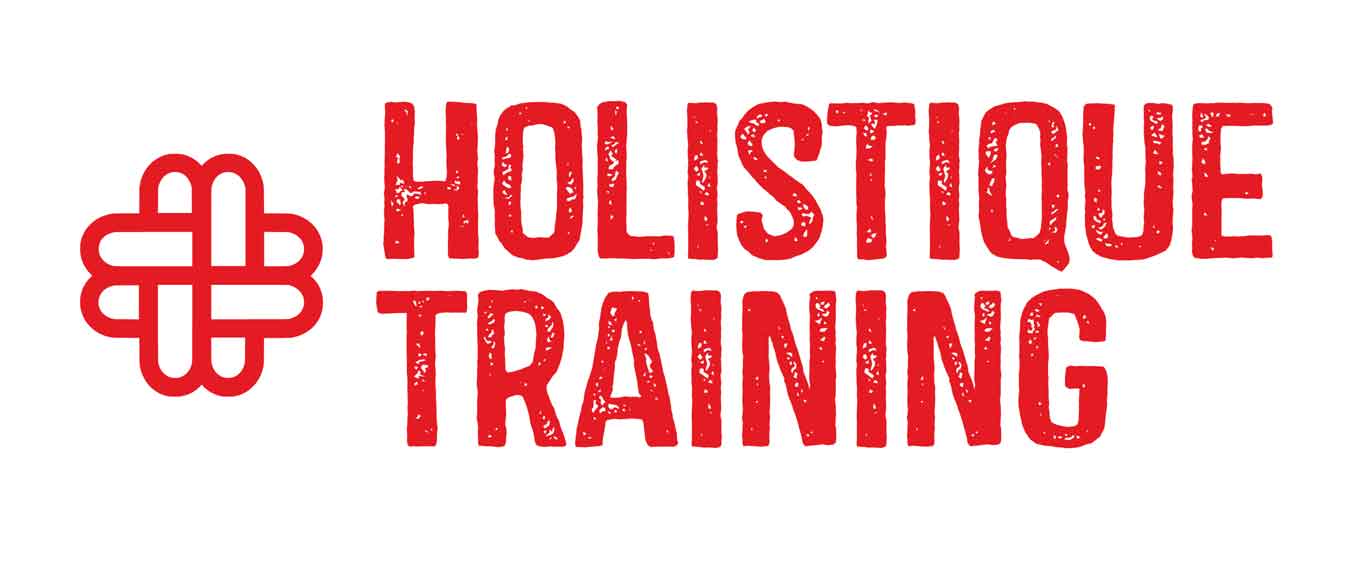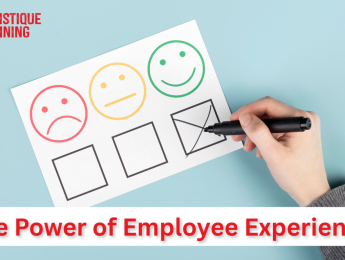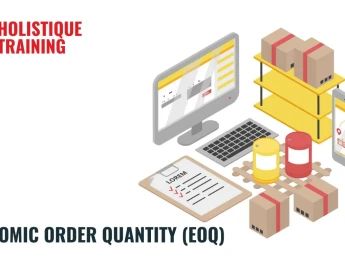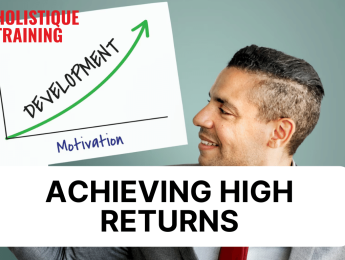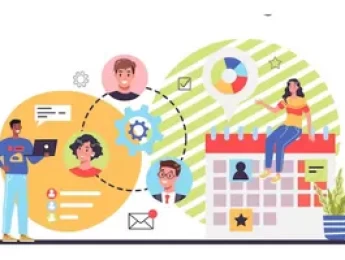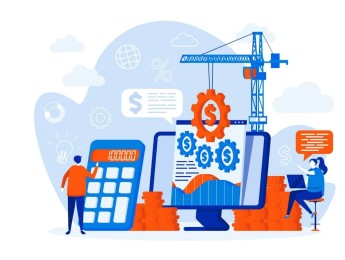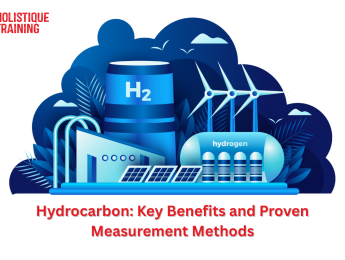- Table of Contents
- Introduction
- The Importance of Employee Experience in the Modern Era
- The Role of Corporate Culture in Employee Experience
- The Impact of Employee Experience on Customer Satisfaction
- Measuring Employee Experience Indicators
- Job Satisfaction
- Employee Engagement
- Turnover and Retention Rates
- Employee Net Promoter Score (eNPS)
- Absenteeism
- Participation in Learning and Development Programs
- Internal Feedback and Surveys
- Improving Employee Experience Through Learning and Development
- Employee Experience and Mental Health
- Technology and the Enhancement of Employee Experience
- Challenges in Improving Employee Experience
- 1. Lack of Leadership Buy-In
- 2. Siloed Departments
- 3. Inconsistent Communication
- 4. Lack of Personalization
- 5. Outdated Technology
- 6. Insufficient Focus on Wellbeing
- 7. Resistance to Change
- 8. Inadequate Feedback Loops
- Conclusion
Introduction
In today’s fast-paced, dynamic work environment, organizations are increasingly shifting their focus from merely managing talent to nurturing it. One key concept that has taken center stage in recent years is Employee Experience (EX). Defined as the holistic perception employees have of their journey within an organization—from recruitment to exit - EX encompasses every interaction, emotion, and impression an employee has while working for a company. It’s influenced by workplace culture, technology, leadership, physical space, and even the smallest day-to-day communications.
Unlike traditional HR strategies that primarily focus on benefits and compensation, employee experience aims to humanize the workplace, putting employee well-being, engagement, and development at the forefront. A positive employee experience can drive motivation, loyalty, and innovation, while a negative one can lead to high turnover, burnout, and poor performance.
Companies that recognize the power of EX are redesigning their people strategies to foster inclusivity, appreciation, and alignment between organizational goals and employee aspirations. A well-crafted employee experience strategy can become a company's competitive advantage—affecting everything from recruitment and retention to customer satisfaction and profitability.
In this article, we will explore the multifaceted power of employee experience and why it matters in today’s business environment. We will begin by examining the importance of employee experience as a key driver of organizational success, followed by an analysis of how corporate culture plays a crucial role in shaping and enhancing that experience. From there, we will delve into the strong connection between employee experience and customer satisfaction, illustrating how engaged employees contribute to better service outcomes. We will also look at the key indicators used to measure employee experience, offering insights into how organizations can track and improve it effectively. Additionally, we will highlight the role of learning and development in enriching the employee journey, along with the critical relationship between mental health and employee wellbeing. The article will further explore how technology is transforming employee experience in the modern workplace and identify common challenges companies face when striving to improve it. Finally, we will conclude with a set of actionable strategies that organizations can implement to create a more meaningful and engaging experience for their employees.
The Importance of Employee Experience in the Modern Era
A strong employee experience fosters increased productivity, improved job satisfaction, and greater loyalty. In the modern workplace, employees no longer view their job solely as a paycheck—they seek purpose, respect, and a sense of belonging. Companies that succeed in creating a meaningful experience enjoy not only a lower turnover rate but also a more committed and high-performing workforce.
Research from Gallup shows that highly engaged employees are 21% more productive and 59% less likely to leave their jobs. Furthermore, companies with excellent employee experience enjoy better financial outcomes and stronger brand reputations. Google, for instance, is known not only for innovation but also for prioritizing employee happiness through flexible schedules, continuous learning, and personalized growth paths.
A well-designed EX can help companies attract top talent, reduce absenteeism, and cultivate a positive culture. In contrast, a poor experience often leads to disengagement, which costs U.S. businesses an estimated $550 billion annually in lost productivity. In today’s competitive market, where the war for talent is fiercer than ever, investing in employee experience isn’t just a perk—it’s a business imperative.
The Role of Corporate Culture in Employee Experience
Corporate culture is the heartbeat of employee experience. It shapes how employees perceive their value within the organization and how they relate to colleagues and leadership. A culture built on trust, transparency, inclusion, and mutual respect significantly enhances EX.
A positive culture manifests in open communication, collaborative teamwork, psychological safety, and recognition of effort. These cultural traits promote a supportive environment where employees feel empowered to share ideas, take risks, and express themselves authentically.
Companies like Netflix have succeeded not just because of business strategy but due to a culture of autonomy and accountability. Their clear values, open feedback systems, and commitment to personal growth foster a thriving employee experience.
On the other hand, toxic workplace cultures marked by micromanagement, favoritism, or lack of communication can erode morale and productivity. Leaders play a crucial role in shaping culture. When leadership demonstrates empathy, inclusiveness, and integrity, it creates an emotional connection that deeply resonates with employees.
Ultimately, cultivating a strong corporate culture is a cornerstone in building a compelling employee experience. It's not about perks—it’s about values, behavior, and everyday interactions that define how people feel at work.
The Impact of Employee Experience on Customer Satisfaction
One of the most overlooked connections in business success is the direct link between how employees feel and how customers are treated. Employees who are engaged, appreciated, and emotionally invested in their work tend to go the extra mile to serve clients, solve problems, and maintain brand integrity.
This concept is often described as the Service-Profit Chain, a model introduced by Harvard Business School, which highlights how internal service quality (such as employee satisfaction) drives employee productivity and loyalty—ultimately translating into enhanced customer satisfaction and profitability.
Companies like Zappos have become case studies in how treating employees with respect, care, and trust creates a customer service powerhouse. Their customer support teams are given freedom and tools to delight customers without rigid scripts or constraints—a clear reflection of positive employee experience.
To illustrate the contrast, the following table compares how employee experience affects customer satisfaction:
Aspect | Positive Employee Experience | Negative Employee Experience |
Employee Motivation | High enthusiasm and ownership | Low engagement and apathy |
Customer Interaction | Empathetic and personalized | Robotic or indifferent |
Service Quality | Consistent and solution-focused | Prone to errors and complaints |
Brand Perception | Positive word-of-mouth | Negative reviews and mistrust |
Repeat Business | Higher customer retention | Customer churn increases |
As shown, the customer is the ultimate beneficiary of a thriving employee experience. A satisfied, empowered workforce becomes a living brand ambassador, influencing everything from daily customer interactions to long-term brand loyalty.
Measuring Employee Experience Indicators
Understanding how employees feel, think, and behave requires tracking specific metrics. While employee experience is qualitative at its core, there are several quantifiable indicators that can offer deep insights into how employees are truly experiencing their workplace.
Job Satisfaction
Job satisfaction reflects how content employees are with their roles, responsibilities, and work environment. It includes perceptions of fairness, workload, autonomy, and recognition. High satisfaction levels often translate into stronger retention rates, while dissatisfaction is a red flag for burnout or potential attrition.
Employee Engagement
Engagement goes beyond just showing up—it measures emotional commitment to the company. Engaged employees feel inspired, aligned with the mission, and motivated to perform their best. This metric often includes questions about enthusiasm, purpose, and pride in the company.
Turnover and Retention Rates
A consistently high turnover rate may indicate deeper issues in culture, leadership, or development. Retention, on the other hand, signals that employees find value and growth within the organization. Monitoring voluntary versus involuntary turnover provides further insights into underlying problems.
Employee Net Promoter Score (eNPS)
eNPS asks employees how likely they are to recommend their workplace to others. A high score indicates strong advocacy and satisfaction, while a low score suggests detachment or dissatisfaction.
Absenteeism
Frequent unplanned absences can be a symptom of stress, low morale, or disengagement. Tracking patterns in absenteeism helps identify areas where employees may be struggling silently.
Participation in Learning and Development Programs
Monitoring how often employees engage in training or skill development reflects their motivation to grow. Low participation could indicate lack of interest or support, while high engagement suggests a culture of continuous learning.
Internal Feedback and Surveys
Conducting regular pulse surveys, open-ended questionnaires, and focus groups enables employees to voice concerns. Analyzing trends over time helps HR and leadership teams identify where changes are needed.
By combining these indicators, companies can gain a 360-degree view of their employee experience. The key lies not only in measuring but in listening, acting on feedback, and closing the loop with visible changes that show employees their voices matter.
Improving Employee Experience Through Learning and Development
Continuous learning is a core pillar of a thriving employee experience. In a world of rapid technological change and evolving job roles, employees crave opportunities to grow. When organizations invest in professional development, they show a clear commitment to their people’s future—not just the company’s bottom line.
Learning and development (L&D) programs offer employees the tools to improve existing skills, acquire new ones, and envision a career path within the organization. Whether through mentorship, workshops, online courses, or cross-functional projects, L&D initiatives foster motivation, increase engagement, and reduce turnover.
Companies like LinkedIn have proven that structured learning programs boost employee satisfaction and productivity. Their LinkedIn Learning platform is accessible, personalized, and aligned with each employee’s career goals. By integrating learning into daily routines and offering certifications, companies empower employees to take charge of their growth.
Moreover, learning culture builds adaptability and resilience, especially during times of disruption or transition. Employees who feel equipped and supported are more likely to embrace change, innovate, and contribute meaningfully. Investing in development is not a cost—it’s a long-term strategy to cultivate future-ready, loyal talent.
Employee Experience and Mental Health
A crucial yet often overlooked component of employee experience is mental health. With rising workplace pressures, increasing digital demands, and blurred work-life boundaries, employee stress levels are at an all-time high. According to a 2022 study by the World Health Organization (WHO), workplace-related stress costs the global economy over $1 trillion annually in lost productivity.
Workplace stress can stem from unrealistic deadlines, lack of support, unclear job expectations, or poor communication. When these factors go unchecked, they lead to anxiety, burnout, depression, and physical health issues—all of which deeply damage employee experience.
Organizations that prioritize mental health create environments where employees feel psychologically safe. This means encouraging open conversations about mental wellness, training managers to recognize signs of distress, and providing access to mental health resources. Initiatives like flexible work schedules, mental health days, and in-house counseling services are no longer luxuries—they're necessities.
One emerging practice is the implementation of Mental Health First Aid (MHFA) in the workplace. MHFA trains selected employees to identify and assist colleagues experiencing mental health challenges, much like physical first aid for injuries. This proactive model builds a support network that reduces stigma and increases early intervention.
Companies like Deloitte and SAP have embraced comprehensive wellness programs, combining physical, emotional, and mental health support as core parts of their employee experience strategy. The results are clear: healthier employees are more focused, more loyal, and more engaged.
Ultimately, an organization that supports mental health sends a powerful message—it values people as humans first. And that belief forms the foundation of an exceptional employee experience.
Technology and the Enhancement of Employee Experience
Technology is no longer just a tool for efficiency—it’s a vital enabler of positive employee experience. From recruitment to onboarding, daily communication to performance tracking, digital tools shape every aspect of how employees interact with their work.
One of the biggest breakthroughs in this space is the integration of Employee Experience Platforms (EXP) such as Microsoft Viva or Workday. These systems centralize learning, communication, goal-setting, and wellbeing resources, providing a seamless and personalized experience for each employee.
Smart use of technology allows for flexible work arrangements, which are a key driver of employee satisfaction today. Cloud-based collaboration tools like Slack, Zoom, and Trello make remote and hybrid work more connected and efficient. Employees gain autonomy and better work-life balance without sacrificing team collaboration.
AI-driven feedback tools, such as real-time surveys and sentiment analysis platforms, allow HR departments to capture employee emotions and concerns before they escalate. Automation also reduces repetitive tasks, freeing employees to focus on creative, high-value work.
However, the role of technology isn’t just about digitalizing processes—it’s about humanizing them. When used thoughtfully, technology creates clarity, convenience, and connection—all of which elevate the day-to-day employee journey.
Challenges in Improving Employee Experience
Despite the growing recognition of its importance, improving employee experience is no easy task. Organizations often face several significant challenges that hinder progress. Below are the most common ones:
1. Lack of Leadership Buy-In
When senior leadership views employee experience as an HR function rather than a strategic priority, initiatives often lack funding and attention. Leaders must champion EX by embedding it into the organization’s mission and modeling the desired behaviors themselves.
2. Siloed Departments
Employee experience is inherently cross-functional—it touches IT, facilities, HR, and leadership. In many companies, these departments operate in silos, which leads to fragmented experiences. Without collaboration, employees receive mixed messages, inconsistent support, or disjointed processes.
3. Inconsistent Communication
A major barrier to great EX is poor or inconsistent internal communication. Employees crave transparency and clarity. When they’re kept in the dark about company decisions, changes, or feedback, trust erodes quickly.
4. Lack of Personalization
A one-size-fits-all approach fails in today’s diverse workforce. Employees have different learning styles, career aspirations, and personal needs. Companies that don’t tailor experiences—whether it’s development plans or work flexibility—risk alienating large segments of their team.
5. Outdated Technology
Legacy systems slow down workflows, cause frustration, and make everyday tasks more complicated than they need to be. When employees are forced to use clunky platforms or manual processes, it diminishes their overall experience.
6. Insufficient Focus on Wellbeing
Many organizations still view wellness as a side topic—perhaps offering occasional yoga classes or wellness emails. But without a deeper, sustained commitment to supporting mental, physical, and emotional wellbeing, these efforts fall flat.
7. Resistance to Change
Improving EX often requires cultural shifts, which can be met with resistance—especially from long-time employees or traditional management styles. Changing mindsets and behaviors takes time, persistence, and inclusive leadership.
8. Inadequate Feedback Loops
Many companies gather employee feedback but fail to act on it. When employees see no real changes resulting from surveys or focus groups, they become disengaged and cynical, worsening the very issues the company hoped to resolve.
Overcoming these challenges requires a comprehensive, integrated strategy led by both leadership and HR, supported by data, and constantly evolving based on employee input.
Conclusion
Employee experience is no longer a luxury—it’s a business necessity. Organizations that prioritize EX enjoy increased retention, productivity, innovation, and ultimately, customer satisfaction. To build a thriving experience, companies must focus on creating a strong culture, enabling learning opportunities, supporting mental health, embracing technology, and removing systemic barriers.
A human-centered approach is key: when employees feel heard, supported, and empowered, they naturally give their best. Listening to feedback, fostering inclusivity, investing in development, and ensuring open communication are simple yet powerful ways to start.
To take your team or your organization’s employee experience to the next level, professional development is essential. Join our exclusive training programs designed to help HR professionals, team leaders, and decision-makers master the art and science of creating extraordinary employee experiences. Our courses blend research-based practices, real-world tools, and actionable strategies that empower you to drive lasting transformation.
Enroll today and become the change-maker your workplace needs—because better employee experience means better business for everyone.
